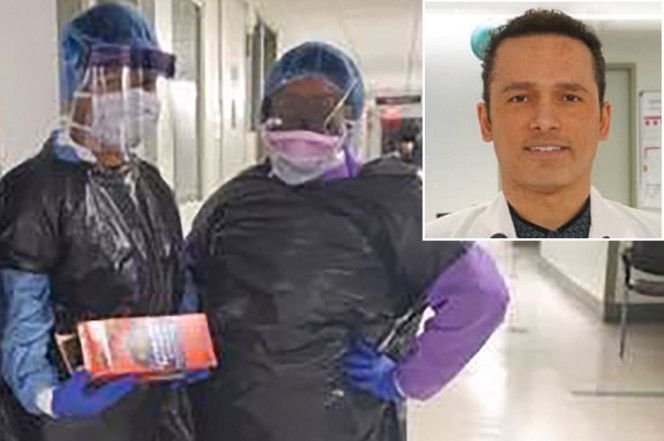Mar 27, 2020
Genome Editing and the Future of Biowarfare: A Conversation with Dr. Piers Millett
Posted by Quinn Sena in categories: biotech/medical, food, genetics, military
Most simply, the phrase “genome editing” represents tools and techniques that biotechnologists use to edit the genome — that is, the DNA or RNA of plants, animals, and bacteria. Though the earliest versions of genome editing technology have existed for decades, the introduction of CRISPR in 2013 “brought major improvements to the speed, cost, accuracy, and efficiency of genome editing.”
CRISPR, or Clustered Regularly Interspersed Short Palindromic Repeats, is actually an ancient mechanism used by bacteria to remove viruses from their DNA. In the lab, researchers have discovered they can replicate this process by creating a synthetic RNA strand that matches a target DNA sequence in an organism’s genome. The RNA strand, known as a “guide RNA,” is attached to an enzyme that can cut DNA. After the guide RNA locates the targeted DNA sequence, the enzyme cuts the genome at this location. DNA can then be removed, and new DNA can be added. CRISPR has quickly become a powerful tool for editing genomes, with research taking place in a broad range of plants and animals, including humans.
A significant percentage of genome editing research focuses on eliminating genetic diseases. However, with tools like CRISPR, it also becomes possible to alter a pathogen’s DNA to make it more virulent and more contagious. Other potential uses include the creation of “‘killer mosquitos,’ plagues that wipe out staple crops, or even a virus that snips at people’s DNA.”


















